- Home
- |
- Our Culture
- Louis Riel
- Métis Firsts in North America
- Métis Minute
- Who are we?
- Métis Nation Database
- Kids' Corner
- I Love to Bead Month
- |
- Departments / Affiliates
- Citizenship
- Culture & Heritage
- Early Learning & Child Care
- Economic Development
- Engagement and Consultation
- Energy, Infrastructure & Resource Management
- Health & Wellness
- Housing and Property Management
- Infinity Women Secretariat
- Louis Riel Capital Corporation
- Louis Riel College
- Louis Riel Institute
- MEDOCare Pharmacy
- Métis Child and Family Services Authority
- Métis Employment & Training
- Métis Justice Institute
- Métis Rights & Constitution
- Michif Language
- Provincial Education
- Red River Métis Business Development Corporation
- Red River Métis Community Resource
- Red River Métis Fur Company
- Red River Métis Veterans
- Riel House
- Sixties Scoop
- Youth
- |
- Government
- |
- Jobs
- |
- News
- |
- Contact
Identity
May 1, 2023
Métis Homeland
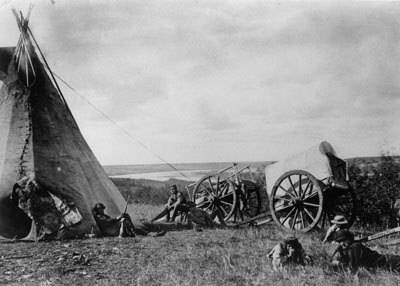
The Red River Settlement, in what we now call Downtown Winnipeg, is the heart of the Red River Métis Homeland. After Manitoba joined Canadian Confederation in 1870, the Canadian government sent the military to assert control over the newly established province, including the Red River Settlement. Fearing retribution from unsympathetic settlers, or being pushed from their lands, many Métis in the Red River Valley moved West or South to find stability and peace. During and after the events of the Red River Resistance, more Red River Métis moved West. The Red River Métis did not move East to try to find solace, as hostilities mounted between the Métis and the Eastern Anglo-centered Canadian provinces.
Prairie Beadwork
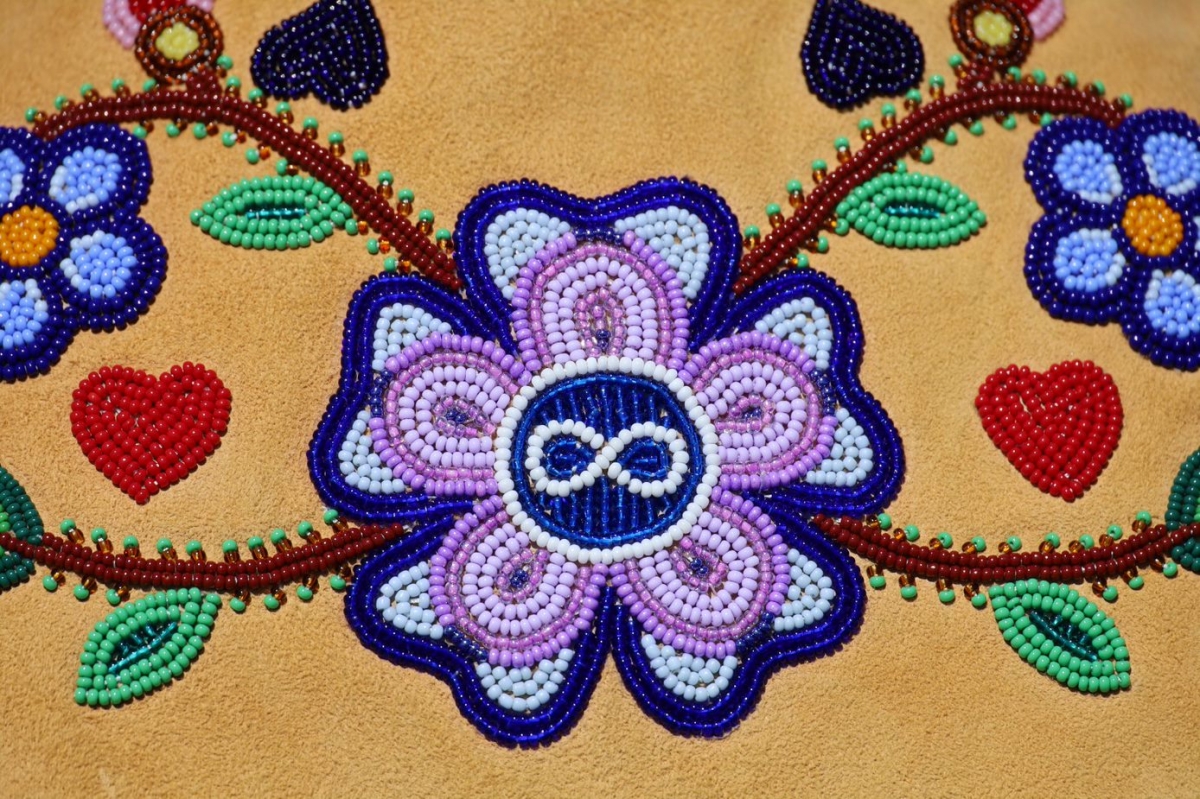
The Red River Métis are known for their prairie beadwork embroidered patterns featuring colourful floral designs used to represent prairie wildflowers such as the prairie crocus, wild strawberry, blue eyed grass, western red lily, and more. The popularity of floral beadwork designs on their clothing and leathers gave way to the Métis being referred to as the "Flower Beadwork People." The floral silk embroidery patterns were combined with the style of traditional quillwork designs, eventually taking on their own unique and distinct style. Some Métis family's designs were so distinct and unique, that the wearer's family could be identified by the embroidery of their beadwork.
Fiddle Music

Métis fiddlers' playing style was distinctive, as the notes were played in irregular intervals with varying displacements of musical accents. For example, the bottom 'G' string was tuned up to an 'A', giving the Métis fiddler exceptional flow, or forward drive, in musical connotation. Most times the music is played up-tempo, which is suitable for dances such as waltzes, reels, and particularly the Métis jig. The fiddle was commonly played solo, though Métis musicians would also complement the beat with drums or spoons. Most communities and families had at least one fiddle player, who performed at home for entertainment and celebrations. The Métis were superb craftsmen, and they would make their own fiddles from wood readily available such as birch and maple. Although most lacked any formal training, most Métis learned how to play the fiddle by learning through a family member.
Michif Language
Michif was once prevalent in Métis communities, but it is now considered an endangered language. With a renewed cultural resurgence, Michif is making a comeback. As part of a pilot project in 2020, funded in part by the Government of Canada, the Louis Riel Institute (LRI) launched the Michif Language Revitalization project. In the spring of 2021, LRI hosted workshops to explore Indigenous language revitalization and began developing a Métis Languages Assessment Survey to capture some of the perspectives, teachings, and work done during the workshops. Louis Riel Institute will be launching the Métis Languages Assessment Survey in 2021/2022. Today, fewer than 1000 people can fluently speak Michif.
Jigging
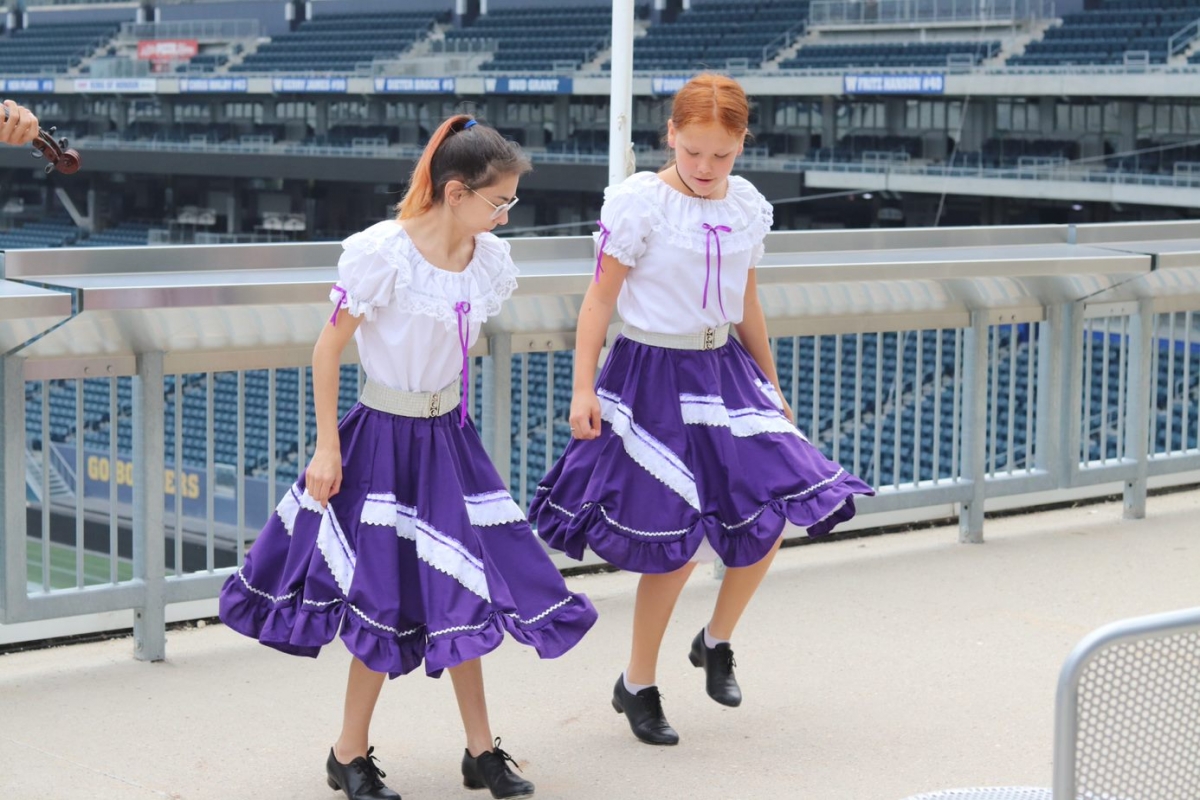
The Red River jig is a mixture of step-dancing, reel, jig, and quadrille steps. In Michif, the "oayache mannin," or the "Red River Jig", as it's commonly known is the most celebrated Métis dance. The jig is a particular fiddle tune played at almost all Métis gatherings and is composed of two parts. The first is a traditional step jig, performed by the dancer while the fiddler plays a high-note section. The second section is played in a lower key, with fancier footwork by the dancers. The first reference to the Red River Jig was in 1860, when the tune was played at a wedding. Father Pere Brocher, who ordained the marriage, gave the Red River Jig its name. The Métis jig is known for its enthusiastic performance, and it was common for dancers to compete on the dance floor, showing off their fancy footwork,quick steps, or "fancy steps". Jigging is still celebrated across the Red River Métis Homeland.
Traditional Approach to Hunting
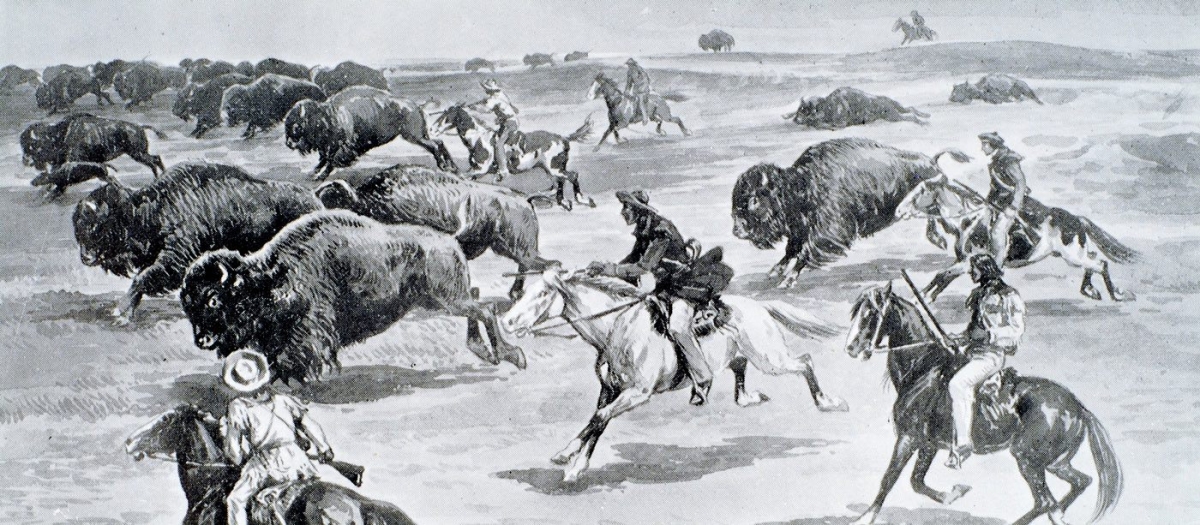
Sharing nature's bounty with others who could not join the hunting party, especially those who physically could not hunt, ensured everybody was taken care of in the Métis community. Not only food, but everything was shared within the community, including tools, knowledge, workloads, and stories.
In 1840, the text known as "The Laws of the Hunt" were meant to govern the Métis buffalo hunts.
The Laws of the Hunt were:
1. No buffalo to be run on the Sabbath day.
2. No party to fork off, lag behind, or go before, without permission.
3. No person, or party to run buffalo before the general order.
4. Every captain with his men, in turn, to patrol the camp, and keep guard.
5. For the first trespass against these laws, the offender to have his saddle and bridle cut up.
6. For the second offence, the coat to be taken off the offender's back, and be cut up.
7. For the third offence, the offender to be flogged.
8. Any person convicted of theft, even to the value of a sinew, to be brought to the middle of the camp, and the crier to call out his or her name three times, adding the word "Thief," at each time.
Protecting this Legacy
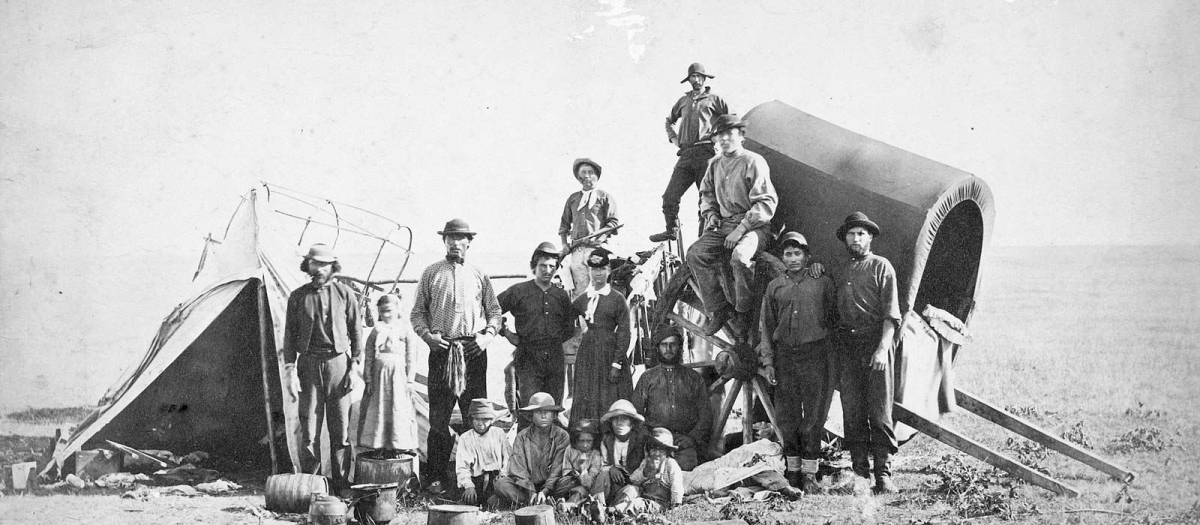
Manitoba Métis Citizens must be able to prove their ancestral connection to the Red River Homeland through family genealogy. Family records can be found at the Société historique de Saint-Boniface. Once sufficient family records are attained and a direct ancestral connection is proven, potential Citizens can apply for Citizenship at the Manitoba Métis Federation through the Central Registry Office.
